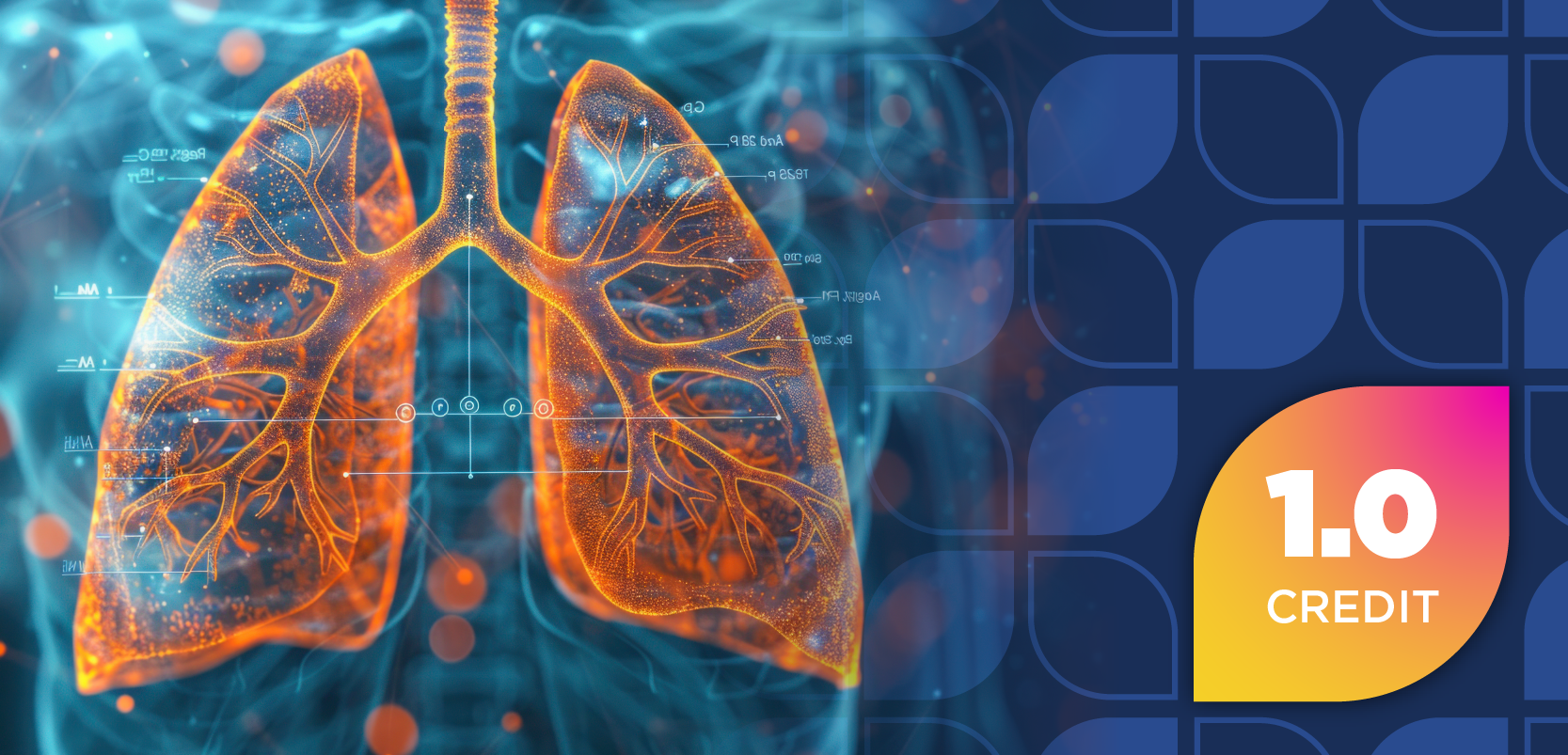
Healthy Cardiovascular System Associated with Increased Migraine Incidence
Cardiovascular health is known to be associated with the probability of having active or developing migraine in the future.
Having a relatively healthy vascular system may increase the probability of experiencing or developing migraine at some point in the future, according to research published in JAMA Network Open.1
The study data also showed that the association was particularly strong in women. This key finding highlights the potential role that sex plays in the link between migraine activity and vascular health.
“Migraine is a common neurovascular headache disorder with episodic or chronic forms, characterized by moderate-to-severe headache attacks and accompanying symptoms, including nausea, vomiting, and photophobia and phonophobia,” wrote authors of the study. “Approximately one-third of patients with migraine experience (additional) transient neurological disturbances (ie, aura symptoms).”
READ MORE:
Furthermore, including women as a key group within the study, researchers noted that migraine is the most prominent disabling disorder among women under the age of 50. A previous cohort study conducted in the US showed that women with higher cardiovascular disease (CVD) risk had a lower risk of having an active migraine.
“These results suggest a complex interplay between migraine activity states and vascular health,” they continued.1 “However, whether these findings can be extrapolated to men and the European setting remains unclear. Therefore, we aimed to evaluate the association pattern between a cardiovascular risk score, the most recent European version of the Systematic Coronary Risk Evaluation 2 (SCORE2) risk estimation system, with migraine activity status in a large cohort of men and women from the Netherlands.”
Researchers analyzed data from March 1, 2022, to August 16, 2024, exploring association patterns between SCORE2 and migraine status. A total of 140,915 participants were included in the study population (mean age, 44.4 years; 58.5% women). Among the entire study population, 25,915 had prevalent migraine (18.4%) and 2224 had incident migraine (1.9%).
By using SCORE2 to measure CVD risk, each patient’s risk levels were measured by percentages, with the lower percent translating to a lower CVD risk. First presenting the study population’s CVD risk: 49,690 had a SCORE2 of less than 1.0%; 43,343 had 1.0% to less than 2.5%; 28,993 had 2.5% to less than 5.0%; 10,835 had 5.0% to less than 7.5%; 4594 had 7.5% to less than 10.0%; and 3460 had at least 10.0%.
As SCORE2 levels increased, fewer participants with incident or prevalent migraine reported CVD risk. Indeed, the percentage of participants with prevalent migraine decreased from 39.5% to 1.3% as SCORE2 increased from under 1.0% to 10% or higher. They also noted another significant finding that most women with prevalent or incident migraine had a lower SCORE2 than men reporting migraines.
“The odds of incident migraine decreased with increasing SCORE2 categories compared with individuals without migraine,” they continued.1 “The decreased association with increasing cardiovascular risk score categories was observed in both men and women, indicating that the underlying vascular health status is a predictor of having or developing migraine.”
While they discovered similar associations between CVD risk and migraine occurrence in both men and women, they were a bit stronger among women in the study.
“Our results build upon previous work, confirming a crucial uncertainty that the observed associations, especially in women, are not attributable only to the influence of age on migraine status,” they wrote. “In addition, it supports our hypothesis that the SCORE2, showing an inverse association for incident migraine in particular, might not fully capture the elevated cardiovascular risk associated with migraine.”
Despite researchers’ inclination to focus on the female population based on previous research, the association they discovered was not dependent on sex. However, women remain 3 to 4 times more likely to experience a migraine when compared with men.2 There are also over 60 million women living with CVD in the US alone, representing 44% of the country’s female population.3
As further studies are conducted regarding the association of CVD and migraines, women should continue to be a notable cohort when conducting clinical research. With such a complex relationship identified by the 2 occurrences, both CVD and migraines should be explored further to better understand their association.
“Analyses of the association pattern of the SCORE2 with migraine status in a large population-based Dutch cohort showed that, especially in women, the odds of having prevalent or incident migraine decreased with increasing risk score categories. These results suggest that having or getting migraine may be associated with a relatively healthy vascular system, as assessed by traditional cardiovascular risk factors, despite migraine being a prominent marker for cardiovascular risk,” concluded the authors.
READ MORE:
Ready to impress your pharmacy colleagues with the latest drug information, industry trends, and patient care tips? Sign up today for our
References
1. Al-Hassany L, MaassenVanDenBrink A, Kurth T. Cardiovascular risk scores and migraine status. JAMA Netw Open. 2024;7(10):e2440577. doi:10.1001/jamanetworkopen.2024.40577
2. Rossi MF, Tumminello A, Marconi M, et al. Sex and gender differences in migraines: a narrative review. Neurol Sci. 2022 Sep;43(9):5729-5734. doi: 10.1007/s10072-022-06178-6.
3. About women and heart disease. CDC. May 15, 2024. Accessed February 12, 2025. https://www.cdc.gov/heart-disease/about/women-and-heart-disease.html
Newsletter
Pharmacy practice is always changing. Stay ahead of the curve with the Drug Topics newsletter and get the latest drug information, industry trends, and patient care tips.






































































































































